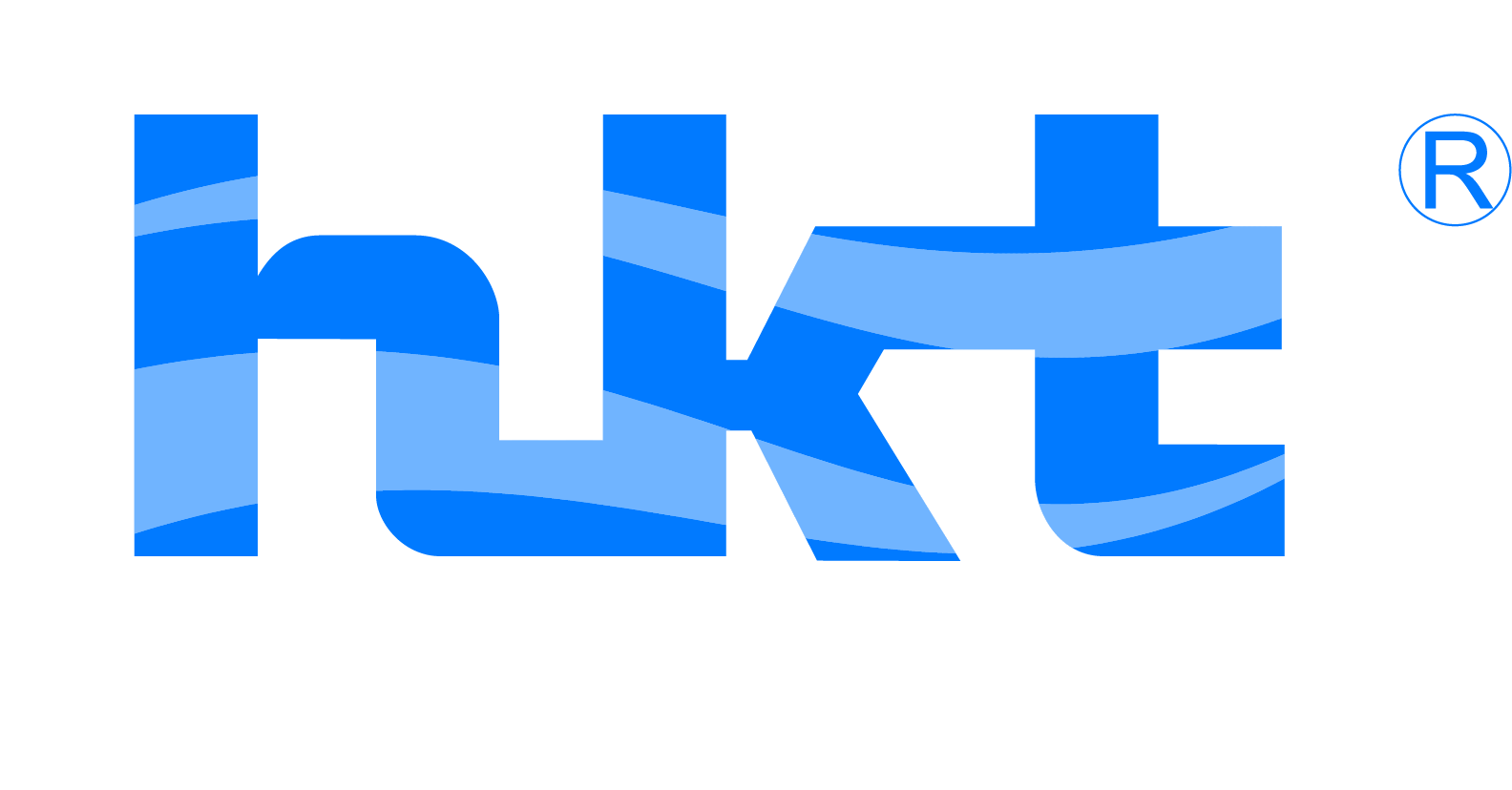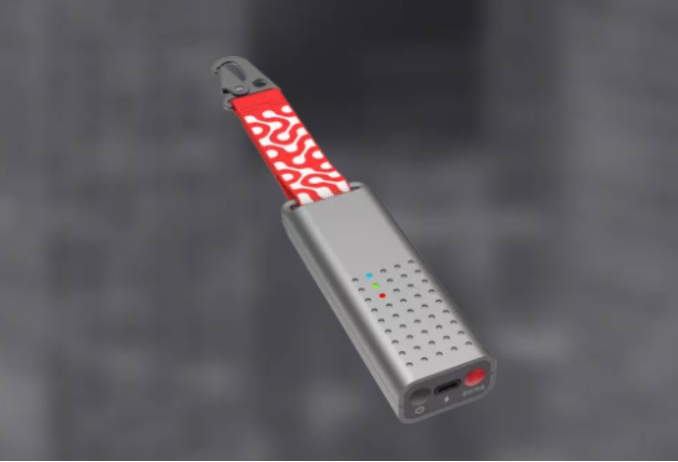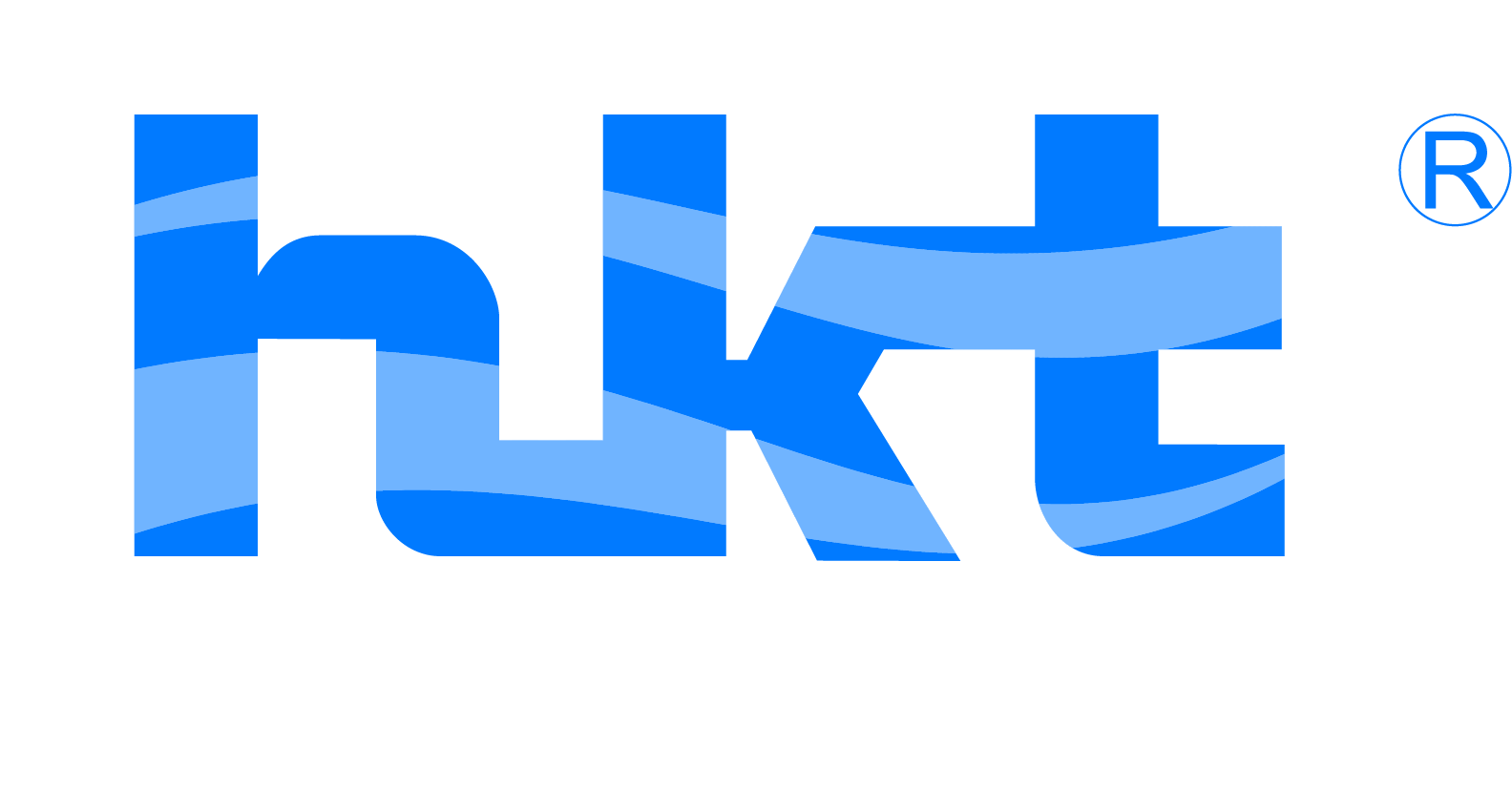Key Benefits of LoRaWAN Technology
LoRaWAN is a low-power WAN specification intended for wireless pool-powered devices in regional, national or global networks. the LoRaWAN specification provides seamless interoperability between smart things without the need for complex local installations, enabling the launch of IoT applications.
Telecom operators believe that low-power WANs will be a major part of the growth of IoT devices in the coming years.
Key Benefits of LoRa
The key benefits of LoRa are low range, low power and low cost connectivity, device and network security. Other key features of this technology are coverage, energy efficiency and location.
Low cost
Costs are reduced through three areas: infrastructure investment, operating expenses, and end-node sensors. A LoRa base station costs only a few hundred dollars and builds a network on its own. Easy to plug into existing infrastructure and provide solutions to serve.
Standardization
The LoRa Alliance sets global standards and improves global interoperability, accelerating the adoption and rollout of LoRaWAN-based networks and IoT applications.
Geolocation
It supports GPS-free, low-power tracking technology. HKT’s GPS tracker has a communication range of 6 to 15 KM and 1 to 5 KM in dense environments. the built-in BLE chip allows the compass to be paired with your smartphone to transmit messages and GPS location between devices over the Lora network.
The built-in BLE chip allows the compass to pair with your smartphone (compatible with IOS and Android) to transmit messages and GPS location between devices via the Lora network.
Low power consumption
Its protocols are designed for low power consumption and can extend battery life up to 20 years.
Long range
LoRa’s single base station provides deep penetration in dense urban/indoor areas and connects rural areas up to 30 miles away.
High Capacity
Each base station supports millions of messages, making it ideal for public network operators serving many customers.
Security
Embedded end-to-end AES-128 encryption mechanism.
Low connectivity costs
LoRa technology operates in the license-free ISM band, which means no or very low spectrum costs.
Specific Differences
LPWAN (Low Power Wide Area Network) is a wireless WAN technology that interconnects low-bandwidth, battery-powered IoT devices at low bit rates over long distances. There are multiple options for building LPWAN networks, but LoRaWAN and NB-IoT technologies show the most momentum and will gain the largest share of the LPWA market in the coming years.
LoRaWAN defines the communication protocol and system architecture of the network, while the LoRa physical layer supports remote communication links. The protocol and network architecture have the greatest impact on battery life, network capacity, quality of service, security, and the diversity of applications served by the network.
LoRa is a radio signal transmission protocol that uses a chirped multi-symbol format to transmit data. Essentially, these chips are traditional ISM band radio chips that can convert radio frequencies to bits using LoRa (or other modulation types, such as FSK) without writing code. Outside of wide-area communications, LoRa technology is a lower-level physical layer technology used in a variety of applications.
As the number of IoT vertical applications continues to grow, LoRa devices and LoRaWAN standards are creating business efficiencies and improving lives around the world. Looking for a production-ready solution to deploy your application? Contact us for a solution for your smart life and smart office.




